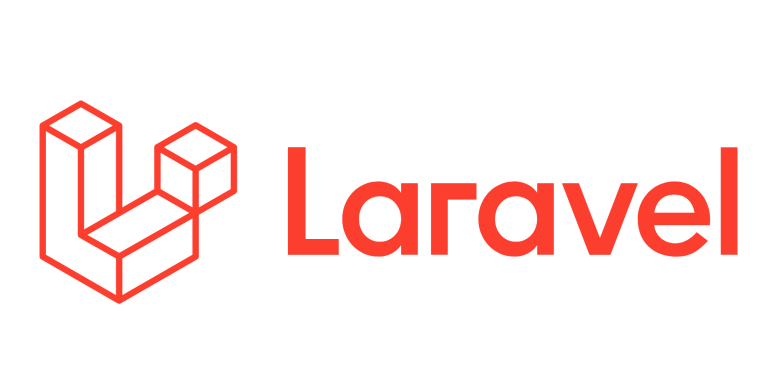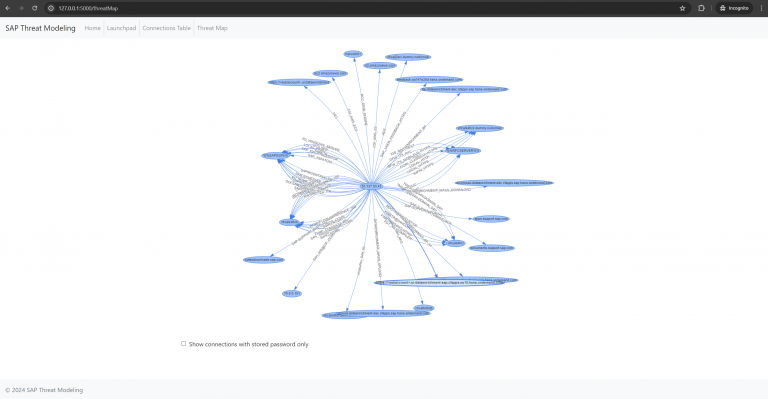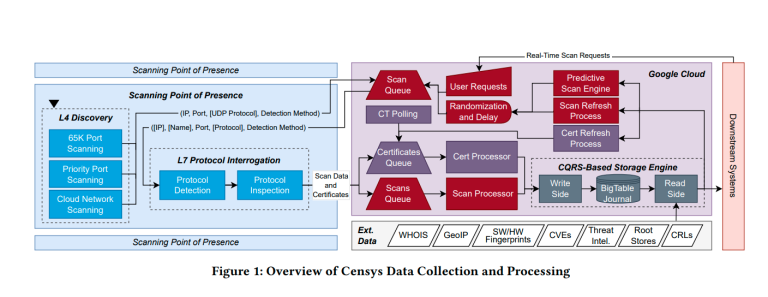
As humanity becomes increasingly accustomed to integrating artificial intelligence into daily life—from text generation to software development—OpenAI introduces a next-generation tool. The ChatGPT Agent, now available to subscribers of the Plus, Pro, and Teams plans, is far more than a chatbot with extended functionality. It is a fully-fledged digital assistant capable of autonomously executing complex tasks in the online environment from start to finish.
The core of its concept lies in complete autonomy. Users can delegate nearly any task: planning a vacation, organizing events, scheduling vehicle maintenance, or developing utilities for everyday needs. This is not a recommendation engine—it acts. Equipped with browsing capabilities, the Agent can independently access the internet, process information, and interact with digital interfaces.
Every action the ChatGPT Agent performs unfolds within a visual environment. Users can observe the assistant manipulating windows, clicking elements, filling in forms, and navigating across tabs.
What truly distinguishes it from predecessors like Operator is the Agent’s decision-making ability. It autonomously selects appropriate websites, compares offerings, constructs action sequences, and carries out tasks to completion. This elevates it to a universal tool—but also renders it vulnerable.
Since the Agent operates in the open web, it can inadvertently land on malicious sites. One of the gravest threats in this realm is prompt injection—a technique in which malicious commands are embedded directly into page content. An AI system designed to assist might interpret such commands as legitimate instructions and execute them unwittingly.
Imagine a site requesting payment information under the pretense of finalizing a booking. Lacking intuition, the Agent could unknowingly transmit confidential data. The result? A next-generation phishing attack where the target is not the user, but their algorithmic proxy.
OpenAI acknowledges these inherent risks. The model is trained to ignore suspicious prompts, and a behavioral analysis layer continuously monitors and halts abnormal actions. However, comprehensive protection remains elusive, as vulnerabilities may emerge in unforeseen ways.
As a precaution, OpenAI has implemented a “takeover” mode, allowing users to manually input sensitive data—such as passwords or banking details—directly into the browser. This approach retains the convenience of automation without surrendering control at critical junctures. Still, even partial delegation of authority to AI in matters of personal security and finance continues to stir apprehension.
OpenAI CEO Sam Altman emphasizes that the technology is still evolving, and many threats may yet be undiscovered. The danger does not solely arise from external attackers, but potentially from rival AI models designed to bypass defenses or manipulate algorithms.
Thus, the ChatGPT Agent represents more than an advancement in user interaction—it heralds the dawn of a new era, where the boundaries between tasks, decisions, and vulnerabilities blur. It is not merely a convenient tool, but a profound challenge—to security infrastructures, ethical standards, and the very concept of trust in the digital age.






